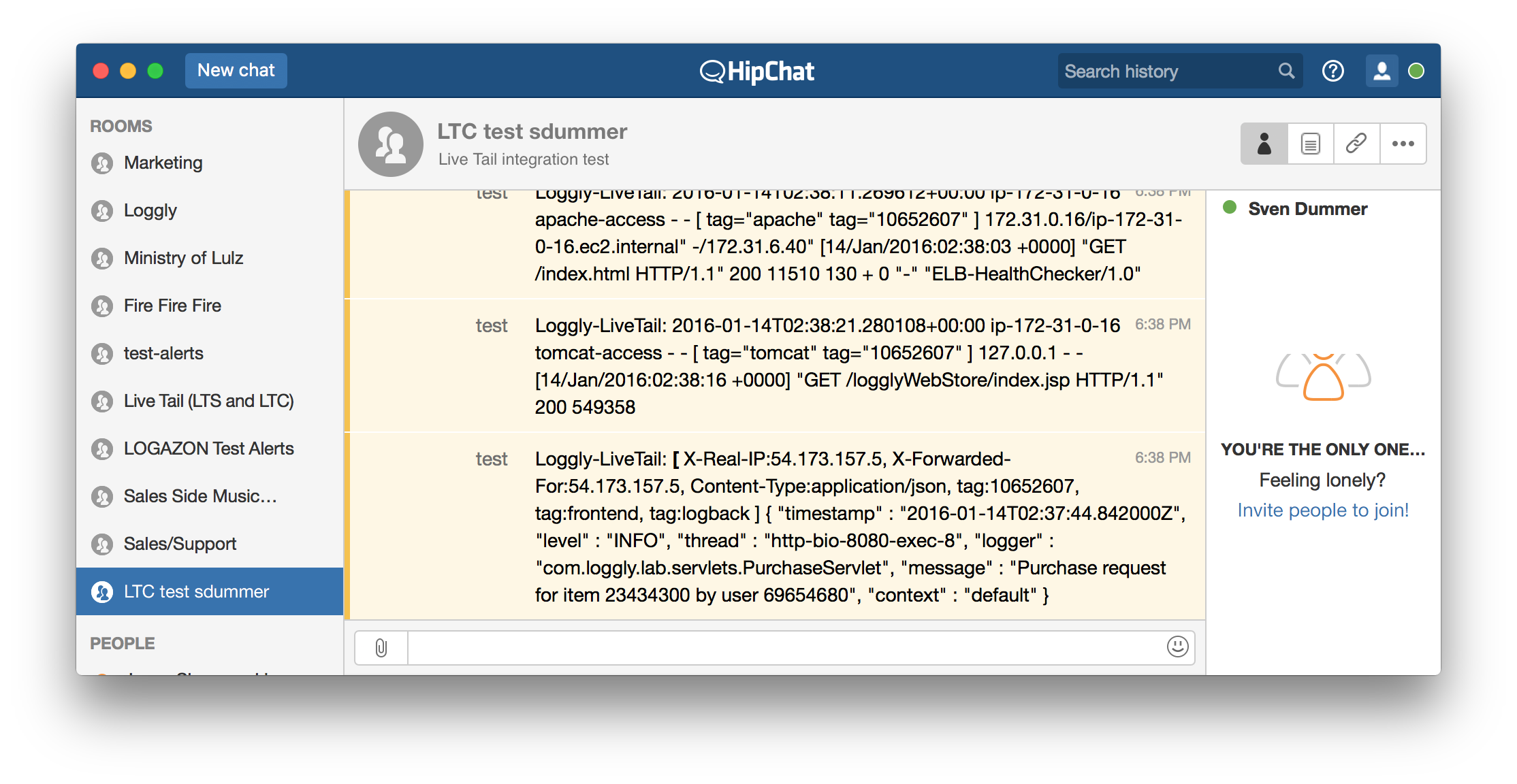
However, if you use the -i option to perform a case-insensitive search, it will match both upper and lower case letters: grep -i Zebra /usr/share/words When searching for Zebra without any options, for example, the following command will not return any results, despite the fact that there are matching lines: grep Zebra /usr/share/words When using grep, use the -i option to ignore case when searching (or -ignore-case). The uppercase and lowercase characters are treated separately in this scenario. Usually, the -l option is combined with the recursive option -R: grep -Rl /tmp conf and prints just the names of the files that contain the string : grep -l *.conf The command below searches the current working directory for all files ending in. Use the -l (or -files-with-matches) option to suppress the default grep output and only print the names of files containing the matched pattern. etc/nginx/sites-available/: server_name /etc/nginx/sites-enabled/: server_name Show Only the Filename Because files in Nginx's sites-enabled directory are symlinks to configuration files in the sites-available directory, that line is not shown when grep is run with -r. etc/nginx/sites-available/: server_name grep will follow all symbolic links if you use the -R option: grep -R /etc You will get an output like below: Output
#GREP USAGE IN R HOW TO#
Here's an example of how to search all files in the /etc directory for the string : grep -r /etc Instead of -r, use the -R option to follow all symbolic links (or -dereference-recursive). When this option is supplied, grep will scan all files in the specified directory, skipping any recursively encountered symlinks. Invoke grep with the -r option to recursively search for a pattern (or -recursive). Pass the output to another grep instance as described below if you don't want that line to be displayed. There is also a line in the output above that contains the grep process, as you can see.


You can also use a single command to bring in several pipes.

You can use the ps command to see which processes are running on your system as user www-data, for example: ps -ef | grep www-data The output of a command can be filtered using grep and pipe, with just the lines matching a specific pattern being printed on the terminal. Use Grep to Filter the Output of a Command To print the lines that do not contain the string nologin, for example, type: grep -v nologin /etc/passwdĬolord:x:124:124::/var/lib/colord:/bin/false Use the -v (or -invert-match) option to display lines that do not match a pattern. If the string contains spaces, use single or double quotation marks to surround it: grep "Gnome Display Manager" /etc/passwd This is what the output should look like: root:x:0:0:root:/root:/bin/bash The grep command's most basic use is to look for a string (text) in a file.įor example, to see all the entries in the /etc/passwd file that contains the string bash, use the following command: grep bash /etc/passwd The user performing the command must have read access to the file in order to search it. grep has a lot of settings that govern how it behaves.

The grep command has the following syntax: grep PATTERN In this tutorial, you will use grep command that looks for lines that match a pattern in one or more input files and outputs. grep reads from the standard input, which is usually the output of another command, if no files are specified. Grep looks for lines that match a pattern in one or more input files and outputs each matching line to standard output. The grep command, which stands for "global regular expression print," is one of Linux's most powerful and widely used commands.


 0 kommentar(er)
0 kommentar(er)
